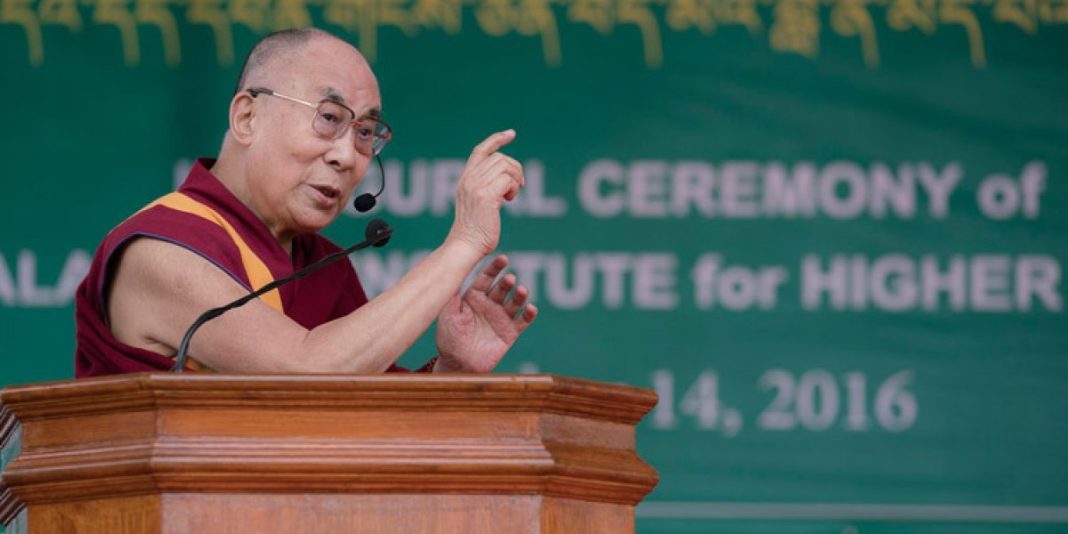As the revered spiritual leader of Tibetan Buddhism, the Dalai Lama, Tenzin Gyatso, continues to shape conversations about the legacy and direction of his position. On June 30, 2025, just days before his 90th birthday on July 6, he made a significant announcement: the Dalai Lama Institution will proceed into the future, but within a clearly defined framework. This declaration has reignited global attention on what comes next.
From July 2 to 4, a major religious conference is scheduled in McLeodganj, Dharamshala—home to the Tibetan exile community—where a recorded message from the Dalai Lama is expected. Many anticipate that this message will shed light on the succession process and the institution’s continuity.
A Legacy Rooted in Spiritual and Political History
The current Dalai Lama was born in 1935 in Tibet and identified as the reincarnation of the 13th Dalai Lama when he was just two years old. Over time, the Dalai Lama Institution has grown into more than a spiritual lineage—it became a seat of both religious authority and political power. The Dalai Lamas are regarded as manifestations of Avalokiteshvara, the Bodhisattva of Compassion, anchoring the institution deeply in Tibetan spiritual tradition.
The Crucial Question of Succession
Succession remains one of the most sensitive and important issues facing the Tibetan community. The Dalai Lama has previously suggested that if the institution becomes vulnerable to political manipulation, it might be discontinued altogether. Such concerns are not unfounded. The Chinese government’s interference in Tibetan religious affairs—most notably its contested recognition of the Panchen Lama in 1995—has amplified fears about the credibility and authenticity of future successions.
China’s Strategic Interests
Beijing views the Dalai Lama’s reincarnation not as a spiritual matter, but a political one. The Chinese state has long aimed to assert control over the Dalai Lama Institution, attempting to influence the process through its own policies and religious oversight. Promoting a state-backed Panchen Lama and imposing Sinicisation on Tibetan Buddhism are parts of China’s broader efforts to assimilate Tibetan culture. Human rights organizations continue to voice concern over these pressures and their implications for Tibetan identity.
Rethinking the Role and Future
In recent decades, the Dalai Lama has taken a more moderate stance—no longer demanding full independence from China but instead advocating for genuine autonomy and dignity for the Tibetan people. This evolution reflects a pragmatic shift that aligns with the changing global landscape. Should his successor be born outside Tibet, as he has hinted, it will be a historic departure and will test the resilience and relevance of the Dalai Lama Institution beyond its traditional roots.
A Global Dimension
The future of the Dalai Lama Institution also carries geopolitical consequences. India, which hosts the Central Tibetan Administration, and the United States, which champions human rights and autonomy for Tibet, are closely monitoring developments. The U.S. Congress has recently introduced legislation addressing Tibetan rights, signaling continued international concern over China’s influence in the region.
Conclusion
The evolving conversation around the Dalai Lama Institution is not merely about religious tradition—it is a deeply intertwined issue of identity, geopolitics, and cultural survival. As the current Dalai Lama nears a milestone age, the world awaits clarity on a succession that will shape the future of Tibetan Buddhism for generations to come.



